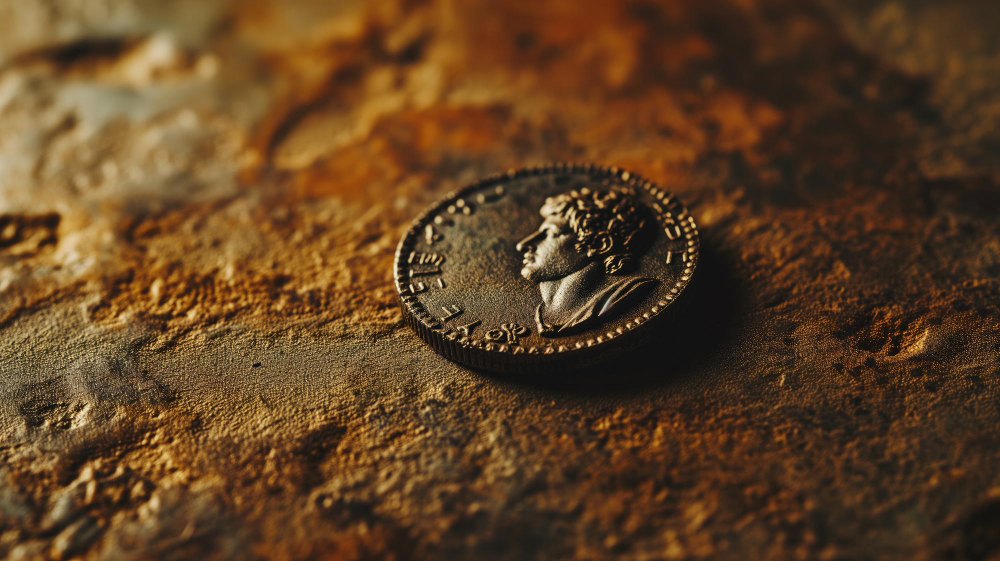One of the primary drivers behind the Roman Empire’s prolific coinage was its vast economic expansion and trade networks. As the empire expanded its territories and conquered new lands, the need for a standardized form of currency became increasingly pressing to facilitate trade, commerce, and taxation. Coins provided a portable and universally accepted medium of exchange that enabled the efficient flow of goods and services across the empire, stimulating economic growth and prosperity.
Financing the Empire’s Ambitions
The Roman Empire’s insatiable appetite for conquest and expansion also played a significant role in driving the production of coins. Conquered territories were often required to pay tribute or taxes to Rome, which were collected in the form of coinage. This influx of wealth from conquered lands provided a steady stream of revenue that financed the empire’s ambitious military campaigns, infrastructure projects, and public works, fueling further economic activity and coin production.
Cementing Imperial Authority
Coins served as potent tools of political propaganda, with emperors using them to promote their authority, legitimacy, and achievements. Imperial portraits and inscriptions adorned coins, showcasing the power and prestige of the ruling dynasty and commemorating significant events such as military victories, imperial coronations, and civic achievements. By circulating coins bearing their likeness and propaganda messages, emperors sought to cultivate loyalty, inspire awe, and solidify their grip on power.
Promoting Confidence and Trust
A stable and reliable currency was essential for maintaining economic stability and fostering confidence in the Roman Empire’s financial system. By producing a consistent supply of coins with standardized weights, sizes, and metallic compositions, the Roman government ensured the integrity and trustworthiness of its currency. Citizens and merchants could transact with confidence, knowing that the coins they used were genuine and backed by the authority of the state, thereby promoting economic growth and prosperity.
Feeding the Hunger for Gold and Silver
The acquisition of precious metals such as gold and silver played a crucial role in driving the Roman Empire’s coinage boom. Conquered territories rich in mineral resources were a significant source of bullion for the empire, providing a steady supply of gold and silver to mint into coins. Tribute payments, plunder from military conquests, and trade with foreign powers all contributed to the empire’s stockpile of precious metals, fueling the production of coins and enhancing the wealth and prestige of Rome.
Advancing Minting Technology
The Roman Empire was also a pioneer in the field of minting technology, employing innovative techniques to streamline the production of coins. Roman mints utilized sophisticated machinery and processes such as screw presses, coin blanks, and standardized dies to mass-produce coins with unprecedented speed and efficiency. These advancements in minting technology allowed the empire to meet the growing demand for currency and maintain its position as a dominant economic power in the ancient world.
The Legacy of Roman Coinage
The Roman Empire’s prodigious production of coins was driven by a complex interplay of economic, political, and technological factors. From fueling economic expansion and financing imperial ambitions to promoting political propaganda and fostering economic stability, coins played a multifaceted role in shaping the empire’s economy and society. As enduring symbols of Roman power and civilization, the coins minted by the empire continue to captivate and inspire fascination to this day, providing a tangible link to the past and a testament to the ingenuity and ambition of one of history’s greatest civilizations.



